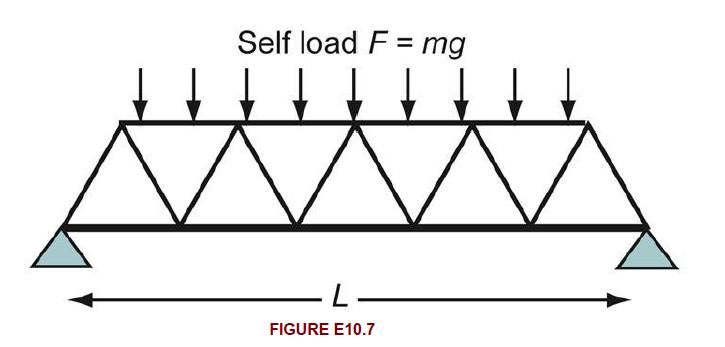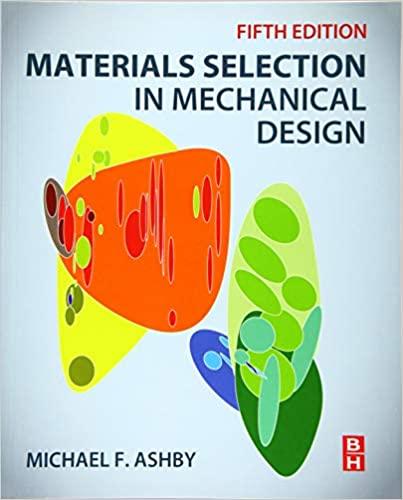A steel truss bridge shown in Fig. E10.7 has a span (L) and is simply supported at
Question:
A steel truss bridge shown in Fig. E10.7 has a span \(L\) and is simply supported at both ends. It weighs \(m\) tonnes. As a rule of thumb, bridges are designed with a stiffness \(S_{B}\) such that the central deflection \(\delta\) of a span under its self-weight is less than \(1 / 300\) of the length \(L\) (thus \(S_{B} \geq 300 \mathrm{mg} / L\) where \(g\) is the acceleration due to gravity, \(9.81 \mathrm{~m} / \mathrm{s}^{2}\) ). Use this information to calculate a minimum value for the shape factor \(\phi_{B}^{e}\) of the three steel truss bridge spans listed in the table. Take the density \(ho\) of steel to be \(7900 \mathrm{~kg} / \mathrm{m}^{3}\) and its modulus \(E\) to be \(205 \mathrm{GPa}\). The constant \(C_{1}=384 / 5=76.8\) for uniformly distributed load (Appendix B, Section B3).

Bridge Engineering Handbook, 2nd edition, (2014), W-F Chen and L. Duan (Eds), CRC Press, London.
Data From Fig, E10.7

Step by Step Answer:






